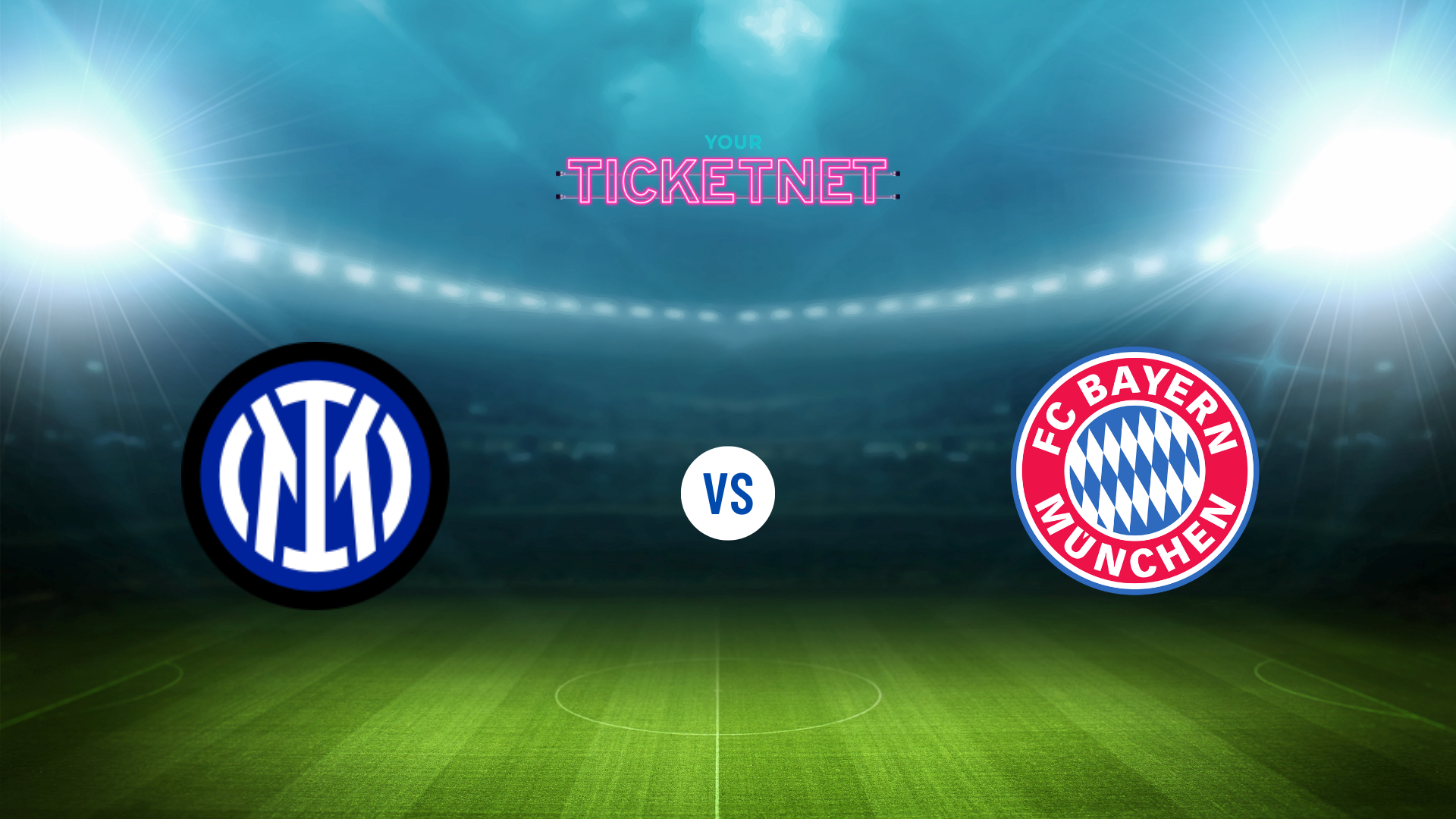Sports Stadiums: A Key To Breaking The Downtown Doom Loop?

Table of Contents
Defining the Downtown Doom Loop
The downtown doom loop is a vicious cycle of decline. It begins with factors such as population loss, leading to vacant businesses and reduced tax revenue. This, in turn, discourages further investment, resulting in deteriorating infrastructure and a less attractive environment for both residents and businesses. The result is a spiral of decline that can be incredibly difficult to reverse. However, the strategic development of a sports stadium can inject much-needed capital and activity into this cycle, potentially breaking the negative feedback loop.
The Economic Engine of a Sports Stadium
A new sports stadium can act as a powerful economic catalyst for a struggling downtown. This impact manifests in several key ways:
Job Creation and Revenue Generation
- Direct Jobs: Construction of the stadium itself creates numerous jobs in construction, engineering, and related fields. Once open, the stadium requires a substantial workforce for operations, including security, concessions, maintenance, and administration.
- Indirect Jobs: The increased foot traffic generated by the stadium creates opportunities for surrounding businesses. Restaurants, hotels, bars, and transportation services all benefit from the influx of visitors, leading to significant indirect job creation.
- Revenue Streams: The stadium itself generates revenue through ticket sales, concessions, merchandise sales, sponsorships, and premium seating options. These revenue streams not only support the stadium's operations but also contribute significantly to the city's tax base. Successful examples include the impact of new stadiums on cities like Minneapolis with the US Bank Stadium or Atlanta with Mercedes-Benz Stadium.
Increased Tax Revenue and Investment
The increased economic activity surrounding a sports stadium translates directly into higher tax revenue for the city. This revenue can be reinvested in essential city services, further improving the overall quality of life and attracting additional private investment. The improved perception of the downtown area, thanks to the revitalization efforts spurred by the stadium, also makes it a more attractive location for businesses, creating a positive feedback loop that breaks the doom loop. However, effective financial planning and transparent stadium management are crucial to ensuring this positive economic impact.
Sports Stadiums as Catalysts for Community Development
Beyond economic benefits, strategically planned sports stadiums can serve as catalysts for community development and social cohesion.
Enhanced Infrastructure and Public Spaces
- Improved Transportation: The construction of a sports stadium often necessitates improvements to public transportation, including expanded bus routes, light rail connections, and improved road networks. This benefit extends beyond game days, improving accessibility for the entire community.
- Public Amenities: Well-planned stadium projects often incorporate public plazas, parks, and other amenities that enhance the surrounding area, creating vibrant community gathering spaces.
- Urban Design: Integrating the stadium seamlessly into the existing urban fabric is crucial. Careful urban design can create a visually appealing environment that enhances the overall aesthetic of the downtown area.
Community Engagement and Social Benefits
- Community Events: Modern sports stadiums are often designed to host a variety of community events beyond sporting events. These events can include concerts, festivals, and other gatherings that foster a sense of community.
- Social Cohesion: Sports stadiums provide a focal point for community pride and identity, bringing people together and fostering a sense of shared experience.
- Community Input: Involving the community in the planning and development process is critical to ensuring that the stadium meets the needs and aspirations of local residents.
Addressing Potential Drawbacks and Mitigation Strategies
While the potential benefits of sports stadiums are significant, it's crucial to address potential drawbacks and develop strategies to mitigate negative consequences.
Traffic Congestion and Parking Issues
Increased traffic congestion around the stadium is a legitimate concern. Effective mitigation strategies include:
- Improved Public Transportation: Investing heavily in public transportation options is essential to reduce reliance on private vehicles.
- Ride-Sharing Incentives: Promoting the use of ride-sharing services and providing incentives can help manage traffic flow.
- Smart Parking Management: Implementing smart parking systems, including real-time parking availability information and dynamic pricing, can alleviate parking challenges.
Displacement and Gentrification Concerns
Rising property values surrounding a new stadium can lead to displacement of existing residents and businesses. Mitigation strategies include:
- Affordable Housing Initiatives: Implementing affordable housing programs can help ensure that low- and moderate-income residents are not displaced.
- Support for Local Businesses: Providing financial assistance and other support to existing businesses can help them remain in the area.
Environmental Impact
The environmental impact of stadium construction and operation should be carefully considered. Mitigation strategies include:
- Sustainable Design: Prioritizing sustainable building materials and design principles can minimize the environmental footprint.
- Green Initiatives: Implementing green initiatives such as renewable energy sources and waste reduction programs can further reduce the stadium's environmental impact.
Sports Stadiums: A Powerful Tool for Urban Renewal
In conclusion, strategically planned sports stadiums can be a powerful tool for urban renewal. They offer significant potential for economic growth, improved community infrastructure, and enhanced social cohesion. However, realizing this potential requires careful planning, community engagement, and a commitment to mitigating potential negative consequences. Let's explore how strategic investment in sports stadiums can help break the downtown doom loop in our cities and create vibrant, thriving urban centers.

Featured Posts
-
 Analyse Tactique Bayern Munich Vs Inter Milan L Influence De Thomas Mueller
May 11, 2025
Analyse Tactique Bayern Munich Vs Inter Milan L Influence De Thomas Mueller
May 11, 2025 -
 Speculation Mounts Potential Candidates To Succeed Pope Francis
May 11, 2025
Speculation Mounts Potential Candidates To Succeed Pope Francis
May 11, 2025 -
 The Impact Of Payton Pritchards Childhood On His Basketball Achievements
May 11, 2025
The Impact Of Payton Pritchards Childhood On His Basketball Achievements
May 11, 2025 -
 Section 230 And The Sale Of Banned Chemicals On E Bay A Legal Analysis
May 11, 2025
Section 230 And The Sale Of Banned Chemicals On E Bay A Legal Analysis
May 11, 2025 -
 Can Uruguay Strike Black Gold Offshore Oil Explorations Potential
May 11, 2025
Can Uruguay Strike Black Gold Offshore Oil Explorations Potential
May 11, 2025
